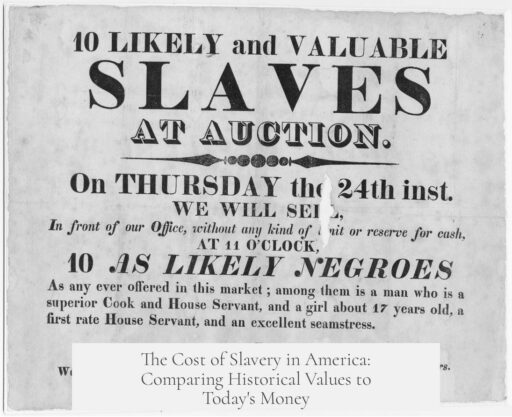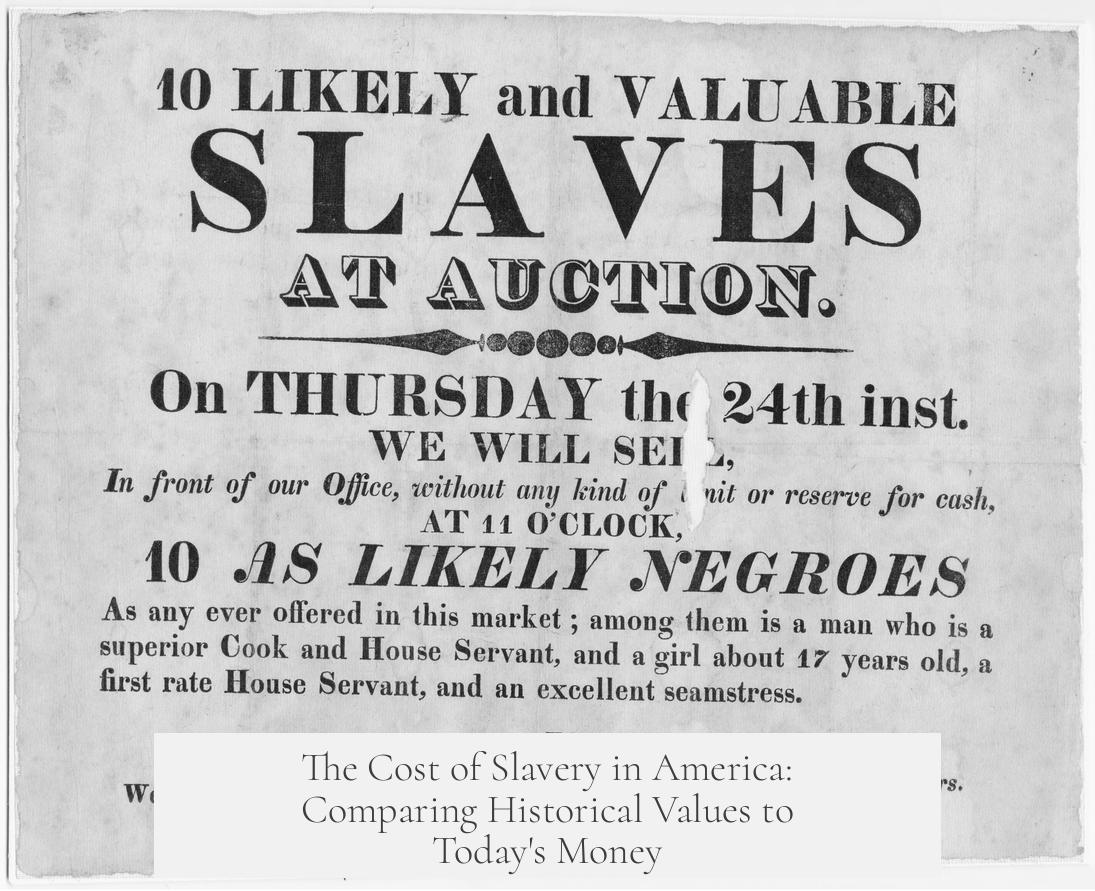The average cost of a slave in America around 1860 was approximately $800, which equals about $20,000 in today’s money. Prices varied widely depending on age, skill, health, and other factors.

In the mid-19th century, slaves’ prices reflected their labor value and capabilities. In 1850, the average price for any slave was around $400. Adjusted to 2009 dollars, this translates to roughly $11,300. By 1860, that average had doubled to $800, about $20,150 today according to economic adjustments.
Skill and age greatly affected prices. A prime field hand—a healthy male between 18 and 30 years old—cost about $1,200 in 1850, equivalent to $34,000 today. Skilled slaves, such as blacksmiths, commanded even higher prices, reaching $2,000 in 1850 or $56,700 today.
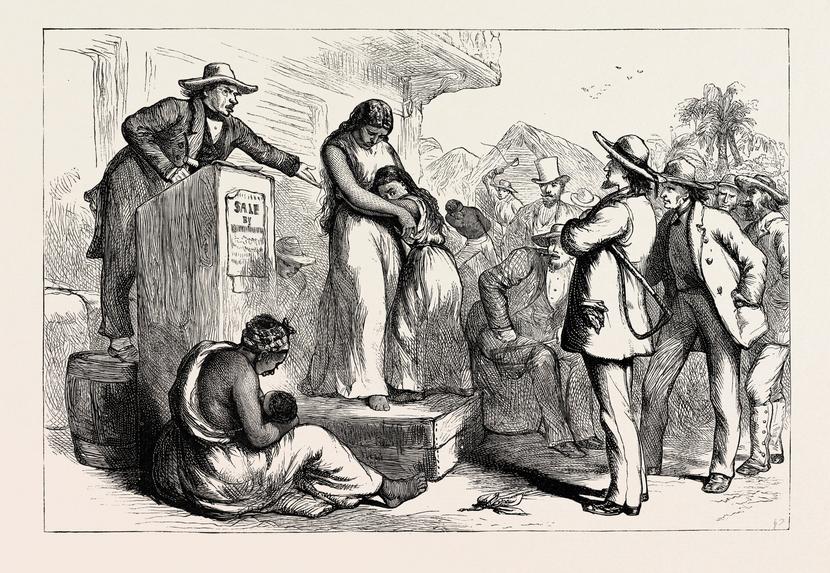
| Type of Slave | 1850 Price (USD) | Equivalent (2009 USD) | Approx. Modern USD |
|---|---|---|---|
| Average Slave (all ages, types) | $400 | $11,300 | ~$20,150 (1860 adjusted) |
| Prime Field Hand (18-30 y/o male) | $1,200 | $34,000 | N/A |
| Skilled Slave (e.g. blacksmith) | $2,000 | $56,700 | N/A |
These values fluctuate by location, health, and the uniqueness of each individual. Factors like strength, youth, ability, and lack of physical markings raised prices. Conversely, older, disabled, or marked slaves sold for less. Data stem from reputable historical sources such as the Texas State Historical Association and the National Bureau of Economic Research.
Economist Samuel H. Williamson estimated the peak average slave price in 1860 to be about $800, equal to roughly $20,150 today after adjusting for inflation. Other estimates place modern equivalents conservatively between $8,000 and $16,000. The range reflects the diverse quality and capabilities among enslaved people.
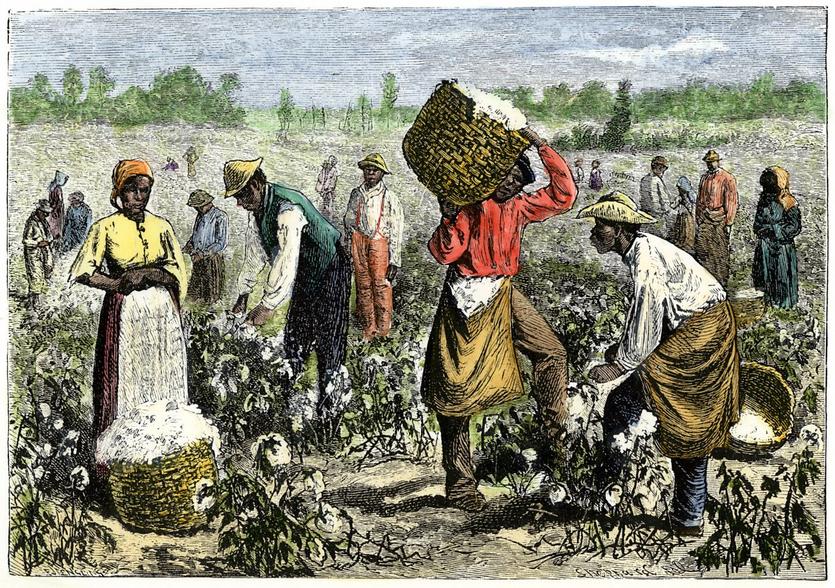
The overall economic impact was immense. In 1860, approximately 4 million enslaved people in the United States had an aggregate value around $10 trillion in 2011 dollars. This colossal figure amounted to nearly two-thirds of the U.S. GDP of that era. To provide perspective, it significantly exceeded the market capitalization of major modern companies, including Apple, whose 2010 net assets were about 1/57th of this total.
Contemporary historical figures noted similar valuations. Civil War historian David Blight compared the average slave’s worth to that of a modern mid-sized car, such as a Toyota Camry. In an 1854 speech, Abraham Lincoln referenced the valuation of free black Americans at about $500 each, totaling over $200 million, underscoring society’s entanglement with monetary assessments of human lives.
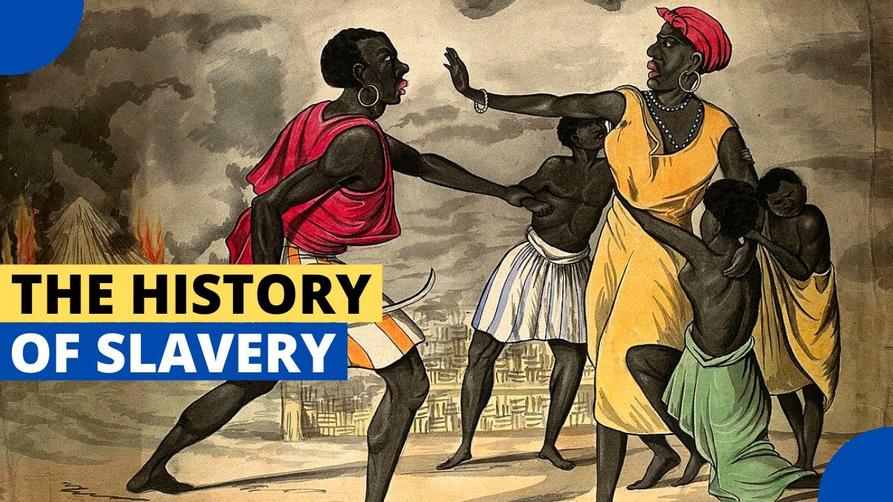
- Average slave prices ranged widely but centered near $20,000 in today’s dollars.
- Prime laborers and skilled workers cost substantially more, up to nearly $57,000 adjusted.
- Prices depended on age, sex, health, skill, and condition.
- The overall market value of enslaved populations represented a vast share of the economy.
Several reliable inflation calculators and economic research tools are available online to help convert historical prices to their modern equivalents. Websites like MeasuringWorth and DaveManuel offer detailed insights into these economic transformations.
The cost of slaves in pre-Civil War America highlights the grim economic realities of slavery. While the prices reflect market values of that era, they represent commodification of human lives, a fact that underpins much of the moral reckoning with this brutal institution.
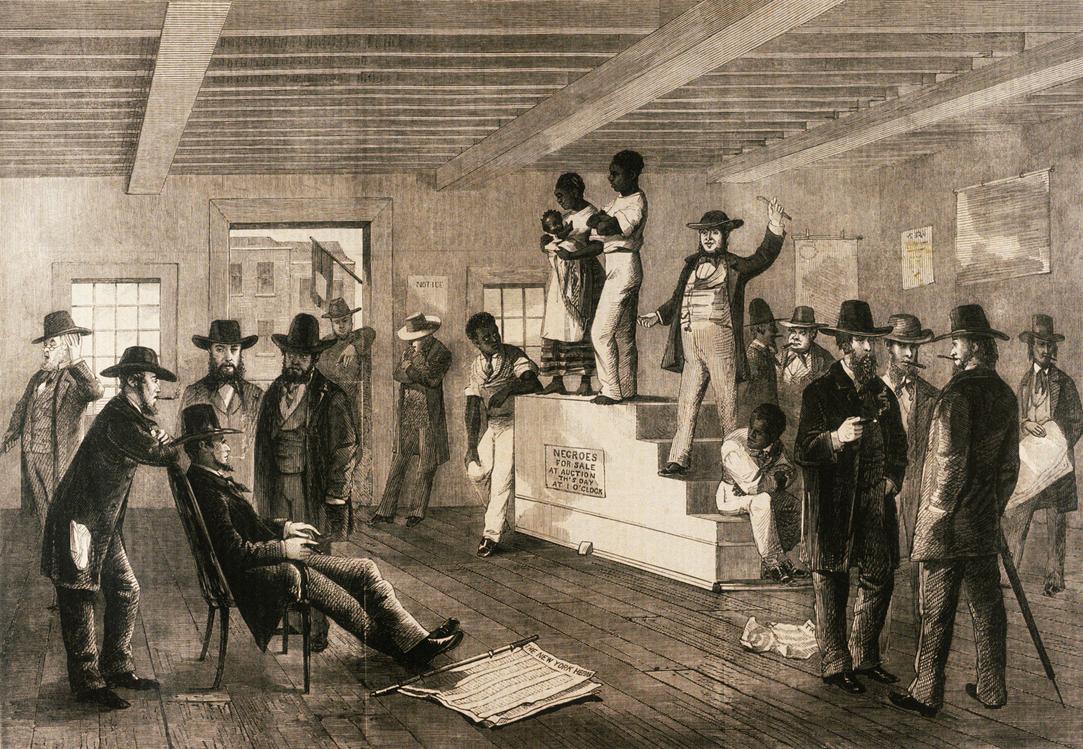
Key takeaways:
- The 1860 average slave price was about $800, roughly $20,000 today.
- Prime field hands and skilled slaves cost much more, sometimes double or triple the average.
- Price fluctuated widely based on health, skill, age, and location.
- Total enslaved population in 1860 was valued at an estimated $10 trillion in today’s money.
- Historical sources provide a comprehensive but variable picture of economic valuation of slaves.
How Much Did Slaves in America Cost in Today’s Money?
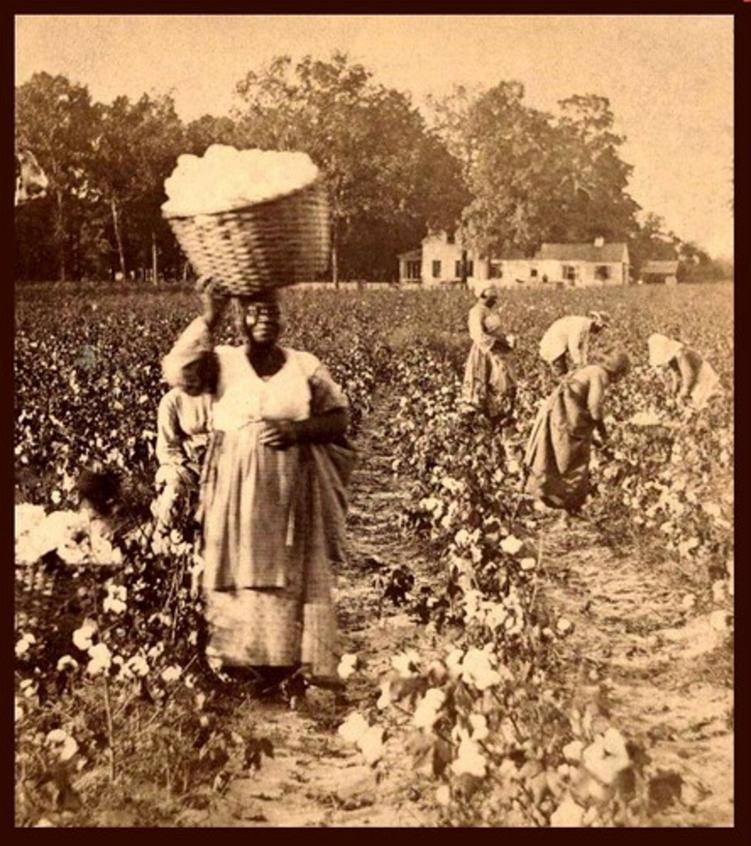
Short answer? In today’s money, an average American slave would cost between $8,000 and $20,000, with skilled workers fetching even more—up to nearly $57,000. Yes, it’s a grim topic. But understanding the financial valuation helps grasp the grim scale of human commodification.
Let’s break it down clearly and honestly. The price of enslaved people in 19th-century America is not just historical trivia—it’s a window into an economic system that shaped a continent.
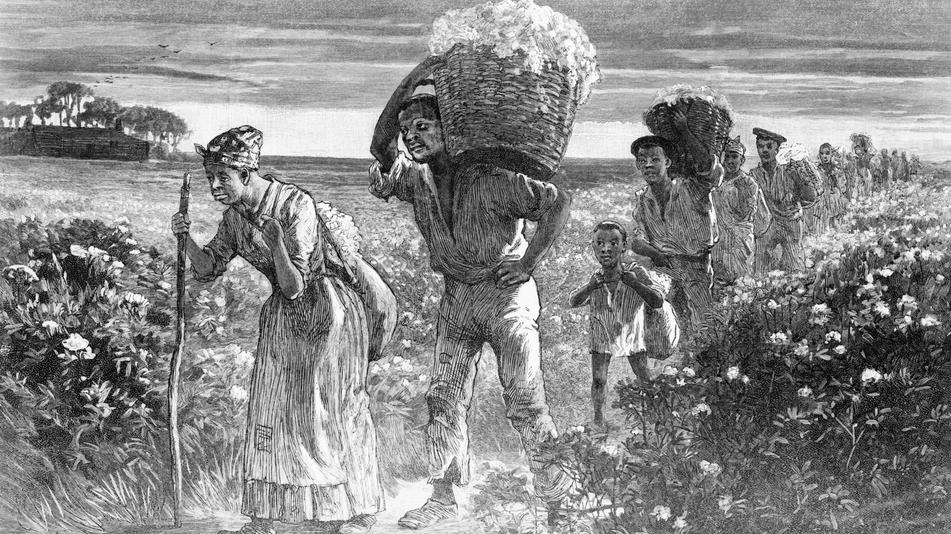
A Look Back Through Time’s Wallet
In 1850, the average cost for any slave, regardless of age, sex, or condition, was about $400. Now, adjust for inflation and the wandering value of money, and you’re staring at nearly $11,300 in 2009 dollars. Jump a decade forward to 1860, and that cost roughly doubled to $800, which translates to about $20,150 today.
Confused? Think of it like buying a used car—but one where the ‘features’ are age, strength, and skills. These factors shifted the price dramatically.
Skills and Youth Come at a Premium
Enslaved individuals who were prime field hands—young men between 18 and 30—went for about $1,200 in 1850. Converted? They cost roughly $34,000 in 2009 currency. Skilled slaves, such as blacksmiths, were the luxury models, listed at about $2,000, or an eye-popping $56,700 in 2009 dollars.
Imagine being valued like a high-end appliance or a professional contractor. The market certainly saw the difference.
State-by-State, Price Varies: Not All Slaves Were One-Price-Fits-All
Prices fluctuated depending on location, age, health, skills, and market demand. For example, a young, physically fit, able-bodied enslaved man without any markings would sell for a premium, whereas older or infirm individuals were discounted, sadly reflecting the brutal business mindset of that era.
This variation is well documented by the Texas State Historical Association and supported by economists like Samuel H. Williamson. Even today, we consult websites like Measuring Worth to understand how these prices translate across time.
Inflation Isn’t the Whole Story
Adjusting for inflation only tells part of the tale. Most historians agree that in modern terms, a typical slave’s value hovered from $8,000 to $16,000 depending on their circumstances. In 1860, the average $800 slave price equates roughly to $20,148 now, according to Williamson.
So, think of it like buying a mid-tier car or a good computer system now. Enough to make you pause? Absolutely.
Economic Impact: Slavery’s Enormous Financial Footprint
Here’s a staggering fact: the total value of all enslaved people in America in 1860 amounted to approximately $10 trillion in 2011 dollars.
Put that in perspective: the entire U.S. GDP in 2012 was about $15.7 trillion. Slavery was an economic behemoth—nearly two-thirds of the nation’s economic activity! It’s hard to imagine a ‘business’ with such an outsized role.
To add even more punch, this $10 trillion was about 57 times the net assets of Apple Inc. in 2011. Apples and oranges? Maybe. But it underscores slavery’s overwhelming presence in the nation’s economy.
Historic Comparisons: A Toyota Camry and Abraham Lincoln’s Estimates
Civil War historian David Blight once compared the price of an average slave to buying a Toyota Camry. It’s a modern analogy that hits home. For many, a new car caps around $20,000-$25,000—right in line with the inflation-adjusted cost of slaves in 1860.
Abraham Lincoln himself, in a Peoria speech, mentioned free blacks being valued at about $500 each at the time. It’s chilling to think how the human life was reduced to hard numbers.
Understanding This Dark Chapter Through Data—Why It Matters
Knowing these inflated prices isn’t about normalizing or minimizing slavery’s horror. It’s about recognizing the raw economic forces that drove it. Human beings were assets. They were often the most valuable ‘property’ on a plantation.
We can learn, too, how markets respond to supply and demand, age, skill, and physical condition even in the most inhumane contexts. This helps explain how entrenched the system was, economically and socially.
Looking Ahead: Practical Tools for Curious Minds
If you’re eager to explore further, several tools help with understanding historic financial values. Try this inflation calculator or revisit Measuring Worth for comparative data that’s both trustworthy and eye-opening.
It’s not just about numbers but about never forgetting what those numbers represent.
Final Thoughts: Numbers Tell a Story
The cost of slaves in America measured in today’s money is shocking, not just for the staggering sums but for what they reveal about society’s values at the time. Slavery was not only a moral tragedy but also a massive financial enterprise.
Understanding these price tags helps us grasp how deeply economics and exploitation were intertwined. It’s a harsh lesson from history, but one that demands our attention and reflection.
So, next time you see a used car sticker, imagine the lifetime costs of human lives whose worth was tragically listed—even if just numbers can never capture their true value as people.
